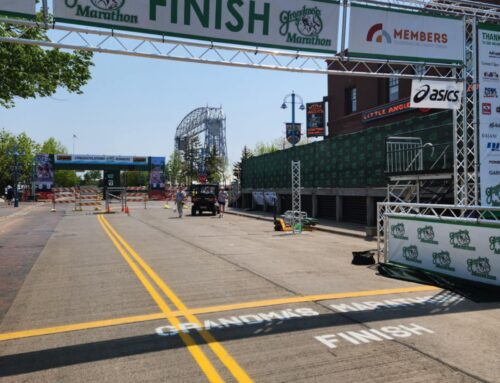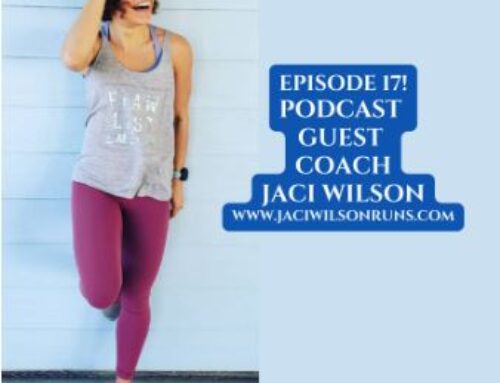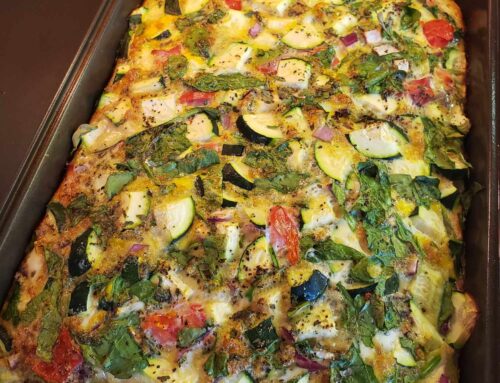
What is cadence❓️ Cadence is your step rate, typically measured in steps per minute.
In other words, your cadence illustrates how “heavy” your steps are. From a biomechanics perspective, the slower your cadence, the more work you’re asking your body to do with each step. The longer you are on the ground in between steps the more shock you are requiring your body to absorb compared to a higher cadence.
Besides more force on your body, a lower cadence is 💥inefficient and is often times associated with
💥overstriding,
💥bounding, and
💥an increase in risk of injury.
The quicker your stride rate (cadence), the “lighter” your stride. By reducing your ground contact time, you are minimizing the amount of work your body needs to do for each foot strike, thereby reducing your risk of running injuries over time.
🚨 Ultimately everyone’s cadence is going to be different, but most runners have an optimal cadence between 170-190 steps per minute.
🚨 Note a higher cadence does NOT mean you are running faster, it just means you are taking quicker steps.
6 drills to add in:
1️⃣ Butt kicks help to improve cadence and improve quadriceps and hip flexor flexibility.
2️⃣ Pulls are in between high knees and butt kicks and help shorten stride length.
3️⃣ A-skip reinforces midfoot landing and helps to improve cadence and coordination.
4️⃣ Fast Feet helps to improve your cadence while emphasising proper foot placement and short ground contact time.
5️⃣ High knees help to reinforce midfoot landing, improve cadence and hamstring flexibility.
6️⃣ Strides
Download a metronome app OR listen to music that has the same beat as your target cadence.
Want to know what else to include in your warm-up❓️
👇
This guide includes EVERYTHING you need to know about the warm-up, what kind of running drills to include (and HOW to do them), and what to do AFTER you run.




